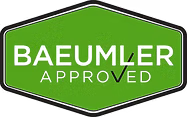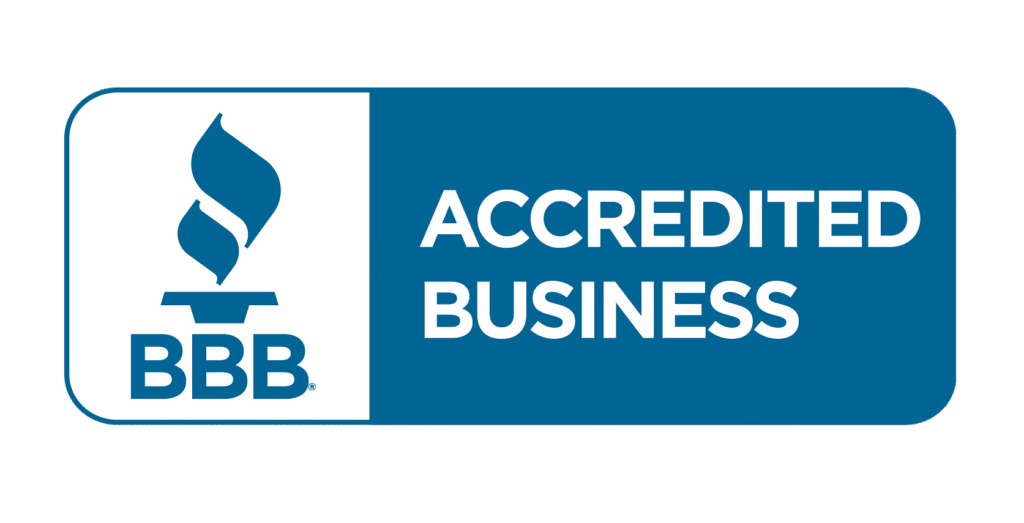15 Tips to Protect Your Home from Flooding in Toronto
Flooding can be a homeowner’s worst nightmare. This is especially true in a city like Toronto, which is why knowing how to protect your home from flooding in Toronto is crucial. Heavy rain and melting snow can cause serious water damage. Whether it’s basement flooding in Toronto or a burst pipe, these situations can be costly and stressful. Fortunately, there are numerous proactive measures you can take to safeguard your property from potential flooding. Below are 15 essential Toronto flood prevention tips that will help you protect your home from flooding and ensure your peace of mind. Understand Your Home’s Vulnerabilities Assess Your Property’s Flood Risk Before taking any preventive steps, it’s important to know the flood risks in Toronto related to your property. Factors such as location, elevation, and proximity to water bodies can influence your home’s vulnerability. Know Your Plumbing System Understanding your plumbing system is vital to prevent basement flooding and protect your home from water damage. Maintain Your Gutters and Downspouts Regular Cleaning Clogged gutters can lead to water overflow, increasing the risk of home flood damage. Extend Downspouts Ensure your downspouts direct water away from your home’s foundation. Invest in a Sump Pump Importance of a Sump Pump A sump pump is critical for Toronto basement waterproofing, especially in homes with below-grade basements. Regular Maintenance For sump pump installation in Toronto, CPR24 Restoration provides expert solutions and emergency backups. Waterproof Your Basement Seal Cracks and Openings Use waterproof sealants to close gaps in your foundation and basement walls. This is one of the most effective ways to protect your home from flooding. Install Window Well Covers Helps protect basement windows from water accumulation during storms. Landscape for Drainage Grading Your Yard Use Native Plants Monitor Your Appliances Regular Inspections Install Water Sensors Be Cautious with Your Drains Avoid Pouring Harmful Substances Regular Drain Maintenance Prepare for Emergencies Create an Emergency Plan Assemble an Emergency Kit Consider Flood Insurance Understand Your Policy Document Your Property Utilize Municipal Resources Research Local Programs Toronto has programs to help lower flood risk. These include rebates for installing sump pumps and backwater valves. Regularly Inspect Your Home Schedule Routine Inspections Hire our Professional By implementing these 15 tips, you can significantly reduce the risk of flooding in Toronto. Whether it’s basement flooding, clogged drains, or foundation leaks, being proactive is key. From sump pump installation Toronto to home flood protection tips, CPR24 Restoration is here to help. Protect your home, your peace of mind, and your family—starting today.









